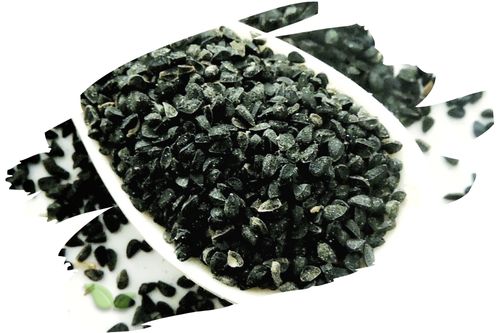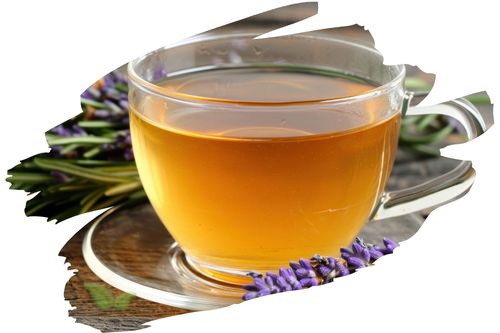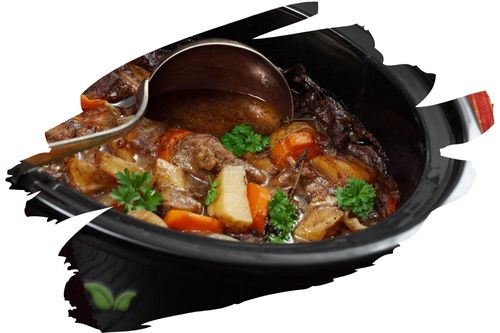
Introduction
Yogurt, a creamy and nutritious dairy product, has been enjoyed by cultures around the world for centuries. Making yogurt at home has gained popularity due to the control it offers over ingredients and flavors. One essential ingredient that plays a crucial role in the yogurt-making process is cream of tartar. In this comprehensive guide, we will delve into the various aspects of cream of tartar's involvement in preparing homemade yogurt. From understanding its properties to exploring the benefits it imparts to yogurt, we will provide valuable insights and practical tips to ensure your yogurt-making endeavors are successful and rewarding.
The Role of Cream of Tartar in Preparing Homemade Yogurt
Cream of tartar, scientifically known as potassium bitartrate, is a byproduct of winemaking. It forms on the inside of wine barrels during the fermentation process. While cream of tartar is often used in baking to stabilize egg whites, it also serves a significant role in the preparation of homemade yogurt. Let's explore its key functions:
1. pH Regulation
Cream of tartar acts as a pH buffer in the yogurt-making process. During fermentation, the bacteria responsible for converting milk into yogurt thrive in a slightly acidic environment. Cream of tartar helps maintain the ideal pH level, ensuring the bacteria work efficiently and produce tangy, creamy yogurt.
2. Textural Improvement
When cream of tartar is added to milk before yogurt incubation, it aids in preventing the milk proteins from bonding too tightly. This prevents excessive curdling and results in a smoother, more velvety texture in the final yogurt product.
3. Improved Creaminess
Due to its emulsifying properties, cream of tartar enhances the creaminess of homemade yogurt. The emulsification helps distribute the fat content more evenly, creating a rich and indulgent mouthfeel.
4. Increased Stability
Cream of tartar contributes to the stability of yogurt by preventing the separation of whey from the milk solids. This stabilizing effect ensures that the yogurt remains smooth and consistent, even after extended refrigeration.
5. Tangy Flavor Profile
The addition of cream of tartar imparts a pleasant tanginess to the yogurt, enhancing its overall flavor profile. This tangy note balances the natural sweetness of milk, resulting in a well-rounded taste.
6. Natural Preservative
Cream of tartar acts as a natural preservative, extending the shelf life of homemade yogurt. By inhibiting the growth of certain microorganisms, it helps maintain the freshness and quality of the yogurt over a more extended period.
7. Reducing Crystallization
In some yogurt recipes, sugar is added to enhance the flavor. However, sugar can cause crystallization during the fermentation process. Cream of tartar helps prevent this crystallization, ensuring a smooth and consistent texture.
How to Use Cream of Tartar in Homemade Yogurt
Now that we understand the significance of cream of tartar in yogurt preparation, let's explore the step-by-step process of incorporating it into your homemade yogurt recipe:
1. Gather Your Ingredients
Before starting, ensure you have all the necessary ingredients: fresh milk, a starter culture, and cream of tartar. Opt for high-quality, pasteurized milk, as it significantly impacts the final taste and texture of the yogurt.
2. Heat the Milk
In a clean pot, gently heat the milk to approximately 185°F (85°C). Heating the milk helps eliminate any harmful bacteria and denatures proteins, essential for achieving the desired yogurt consistency.
3. Cool the Milk
Once the milk reaches the desired temperature, allow it to cool to around 110°F (43°C). Cooling is a crucial step, as adding the starter culture to hot milk can kill the beneficial bacteria.
4. Add the Starter Culture
Add the yogurt starter culture to the cooled milk and mix thoroughly. You can use a store-bought plain yogurt containing live and active cultures or a freeze-dried yogurt starter.
5. Incorporate Cream of Tartar
To enhance the yogurt-making process, add a pinch of cream of tartar to the milk and starter culture mixture. Stir gently to ensure even distribution.
6. Incubation
Cover the pot with a lid and place it in a warm spot for incubation. You can use a yogurt maker or a warm oven set at the lowest temperature to maintain a stable environment for fermentation.
7. Patience is Key
Allow the yogurt to ferment undisturbed for about 6 to 8 hours, depending on the desired thickness and tanginess. The longer you let it ferment, the tangier and thicker the yogurt will become.
8. Refrigeration
Once the incubation is complete, refrigerate the yogurt for a few hours to chill and set completely. After refrigeration, your homemade yogurt will be ready to enjoy!
FAQs About Using Cream of Tartar in Homemade Yogurt
-
Q: Can I skip using cream of tartar in my yogurt recipe? A: While you can make yogurt without cream of tartar, it provides valuable benefits such as improved texture, stability, and taste. We recommend using it for the best results.
-
Q: How much cream of tartar should I add to my yogurt mixture? A: For a standard batch of yogurt, a pinch (approximately 1/8 teaspoon) of cream of tartar is sufficient.
-
Q: Is cream of tartar safe for consumption? A: Yes, cream of tartar is safe to consume and commonly used in food preparation.
-
Q: Can I use cream of tartar in non-dairy yogurt recipes? A: Cream of tartar is generally used in dairy-based yogurt recipes. For non-dairy alternatives, consider using alternative thickeners and acidifiers.
-
Q: Will cream of tartar alter the flavor of the yogurt significantly? A: Cream of tartar imparts a subtle tanginess that enhances the flavor of the yogurt. It doesn't overpower the natural taste of the milk.
-
Q: Can I store yogurt made with cream of tartar for an extended period? A: Yes, yogurt made with cream of tartar can be stored in the refrigerator for up to two weeks, but it's best consumed within the first week for the freshest taste.
Conclusion
Cream of tartar plays an essential role in the preparation of homemade yogurt. From regulating the pH level to improving texture and stability, its contributions are invaluable. By incorporating cream of tartar into your yogurt-making process, you can achieve delicious and creamy yogurt with ease. Experiment with different yogurt cultures and incubation times to find the perfect balance of tanginess and thickness that suits your taste buds. So, the next time you embark on a yogurt-making adventure, don't forget the remarkable role of cream of tartar!
Alert: While spices can have many beneficial properties for health, using them for medical purposes should be done under the guidance and supervision of a healthcare professional or specialist. Some spices may interact with medications or cause adverse reactions in certain individuals, and it is important to use them safely and appropriately. If you are considering using spices for a medical condition, it is important to consult with a healthcare professional before doing so.




















































